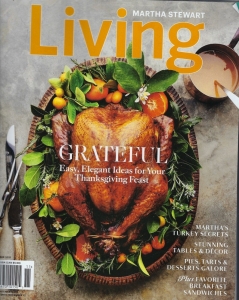Great Beginnings for Business Blogs
“Set the hook with great beginnings,” Sharon Short teaches in Writer’s Digest. Standard pieces of advice include:
- Immediately grab attention
- Don’t start with description – especially weather!
- Don’t jump right into dialogue or action
Take some pressure off yourself, Short advises writers – openings will emerge when the theme of the project becomes clearer, she says, noting that there are 5 characteristics of a great story beginning:
- Immediacy (readers need an immediate reason to care)
- Tone (light-hearted, wry. Comedic, serious, informational)
- Suspense (teasing readers’ curiosity)
- Specificity (provide context right away)
- Fair play (consistency of style as the piece progresses).
It is the five specific techniques that Sharon Short describes that I believe are especially applicable to business blog content writing:
1. Dialogue – We all love to eavesdrop just a little.
Any good narrative should contain some dialogue and sensory details. In blog case studies, incidents from the news, folklore, including actual quotes and dialogue makes the material more real for the reader.
2. Superlatives – Describe an event or item as the least, biggest, most, smallest, first or last.
Superlatives in headlines “sell”. “The most successful people”, “The happiest people”, “The most interesting people” – these are people we want to know more about. Readers enjoy discovering, learning, and challenging the details behind blanket assertions.
3. Thematic statement – State the premise or thesis of the entire book – what you are about to prove.
Putting a summary or conclusion at the beginning of a piece of writing certainly sounds like a strange thing to do, but the pow-opening-line idea I teach in corporate blogging training session focuses on that very sort of “descending” writing structure.
4. Voice – Hook readers’ empathy with a compelling voice, making each reader feel as if you’re in a conversation with her alone.
In your business blog, while viewers are reading, not hearing, the “voice”, it’s important to have “voice variety”. That can come from writing some of the content in I-you format, with other posts written in third person. If a company person or a customer is being interviewed, the can be written in the “voice” of the interviewee or that of the interviewer.
5. Surprise – Shock the reader, even in a small way.
Beginning with a startling statistic is certainly one tactic blog writers can use to bring a point to the forefront of readers’ minds, then illustrating that point with specific examples.
Set the hook to each blog post with a great beginning!






Follow us online!